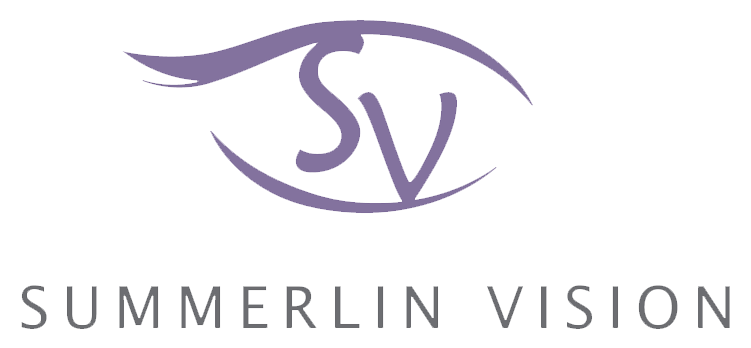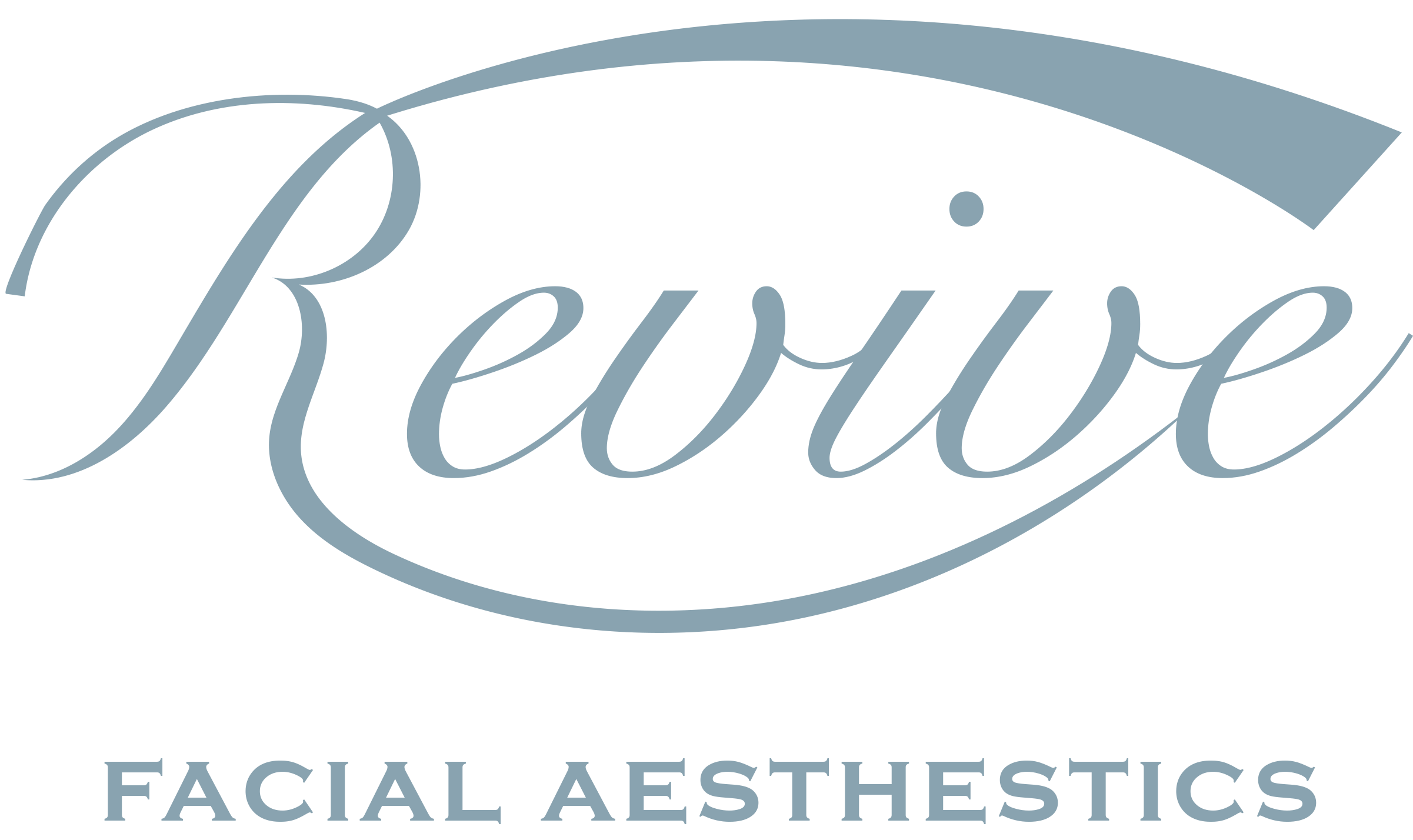Dry eyes can be a real nuisance, causing discomfort and irritation throughout your day. Whether it's due to environmental factors, aging, or certain medical conditions, finding effective treatments for dry eye is essential in restoring comfort and maintaining healthy vision. In this blog post, we will delve into the world of dry eye treatments – exploring causes, symptoms, and, most importantly, the solutions that can help alleviate those pesky dry eye symptoms. So sit back and get ready to discover everything you need to know about treating dry eyes!
What is Dry Eye?
Picture this: you're going about your day, and suddenly you feel a persistent dryness in your eyes. It's uncomfortable, itchy, and even painful at times. This is what we call the dry eye. But what exactly is dry eye?
Dry eye occurs when there is insufficient moisture or lubrication on the surface of the eye. Normally, tears play a crucial role in keeping our eyes healthy and comfortable. They provide nourishment, protect against infections, and keep the surface of the eyes smooth for clear vision.
However, when something disrupts this delicate balance of tear production or evaporation process, it can lead to dry eyes. There are several factors that can contribute to this condition – from environmental factors such as air pollution and low humidity levels to lifestyle habits like excessive screen time or contact lens wear.
Additionally, certain medical conditions like autoimmune disorders or hormonal changes during menopause can also increase the risk of developing dry eye.
So if you often find yourself experiencing symptoms such as stinging sensations, redness, blurred vision or excessive tearing, chances are you might be dealing with dry eye syndrome.
Causes of Dry Eye
Dry eye is a common condition that occurs when your tear ducts don't produce enough tears, or the quality of tears is compromised. There are several factors that can lead to dry eye, and understanding these causes can help in finding the right treatment.
One of the main causes of dry eye is age. As we get older, our tear production naturally decreases, making us more susceptible to developing this condition. Hormonal changes in women during menopause can also contribute to dry eyes.
Environmental factors such as dry climates or exposure to wind and smoke can irritate the eyes and cause them to become dry. Spending long hours staring at screens or reading without taking breaks can strain your eyes and result in decreased tear production.
Certain medical conditions like diabetes, rheumatoid arthritis, thyroid disorders, and allergies can also increase the risk of developing dry eye symptoms. Additionally, medications such as antihistamines, antidepressants, birth control pills, and blood pressure medications may have side effects that include drying out the eyes.
Other potential causes include wearing contact lenses for extended periods without proper care or using certain types of contact lens solutions that may not be suitable for your specific needs.
By identifying the underlying causes of your dry eye symptoms through consultation with an eye care professional, you'll be able to determine which treatment options are best suited for you. Remember that everyone's situation is unique!
Symptoms of Dry Eye
Dry eye is a common condition that occurs when the eyes do not produce enough tears or when the tears evaporate too quickly. This can lead to discomfort, redness, and irritation in the eyes. It's important to recognize the symptoms of dry eye so that you can seek proper treatment.
One of the main symptoms of dry eye is a persistent feeling of dryness or grittiness in the eyes. You may feel like there is something stuck in your eye or experience a burning sensation. Your eyes might also become sensitive to light and feel tired more easily than usual.
Another symptom is excessive tearing. Although it may seem counterintuitive, this happens because your eyes are trying to compensate for the lack of moisture by producing more tears.
You may also notice blurred vision or fluctuating vision quality with dry eyes. This can make it difficult to focus on objects or read small print.
In some cases, people with dry eye experience discomfort while wearing contact lenses. The lenses may feel scratchy or cause an uncomfortable sensation on the surface of your eyes.
If you regularly experience any of these symptoms, it's best to consult an optometrist who can diagnose and recommend appropriate treatments for your specific case of dry eye
Treatments for Dry Eye
Dry eye is a common condition that affects many people, causing discomfort and irritation. Fortunately, there are several treatments available to help alleviate the symptoms and improve overall eye health.
One of the first steps in treating dry eye is identifying the underlying cause. In some cases, it may be due to environmental factors such as dry air or excessive screen time. Addressing these issues can often provide relief. Additionally, certain medications or medical conditions can contribute to dry eye, so managing those appropriately is crucial.
Artificial tears are a popular treatment option for mild cases of dry eye. These lubricating drops help moisturize the eyes and provide temporary relief from symptoms like redness and itching. They come in various formulations, including preservative-free options for those with sensitive eyes.
For more severe cases of dry eye, other treatments may be necessary. Punctal plugs are tiny devices inserted into the tear ducts to block drainage and keep tears on the surface of the eyes longer. This helps reduce dryness by increasing moisture retention.
In recent years, advancements have been made in prescription medications specifically designed to treat chronic dry eye. These drugs work by reducing inflammation and promoting tear production.
Additionally, lifestyle modifications can play a significant role in managing dry eye symptoms. Simple practices such as taking breaks during prolonged screen use, using humidifiers indoors to add moisture to the air, and staying hydrated can all make a difference.
Finding an effective treatment plan for your specific case of dry eye may require trial and error under professional guidance from an ophthalmologist or optometrist who specializes in this area.
Conclusion
Dry eye is a common condition that can significantly impact one's quality of life. It occurs when the eyes do not produce enough tears or when the tears evaporate too quickly. The causes of dry eye vary, ranging from environmental factors to certain medications and medical conditions.
It's important to remember that finding an effective treatment plan may require some trial and error, as everyone's experience with dry eye is unique. Consulting with an experienced ophthalmologist or optometrist will ensure you receive personalized care tailored specifically to your needs.
While living with dry eye can be frustrating at times, rest assured that numerous treatment options are available to manage this condition effectively. By seeking professional guidance and staying proactive in managing your symptoms through the various approaches discussed above - relief is within reach!
So don't let dry eye hold you back any longer - take action today for improved comfort and clearer vision! Call us to learn more.






















0 comments